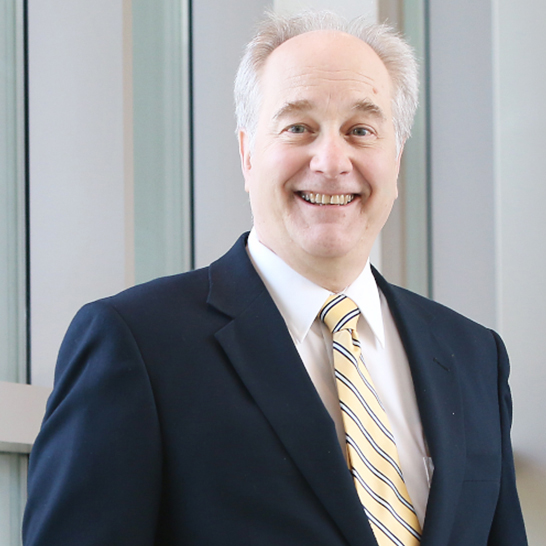TWiM explains a study of the unique and extreme microbial and chemical environment on the International Space Station, and the connection between the gut microbiome and pain in fibromyalgia. Hosts: Vincent Racaniello, Michael Schmidt, and…
TWiM explains a project to engineer the cow microbiome to reduce emissions of methane, and the finding of antibiotic resistance genes in the genomes of giant viruses. Hosts: Vincent Racaniello, Michael Schmidt, Michele Swanson, and…
TWiM explains how bacterial community structure can be used to predict athletic performance in racehorses, and the idea that a tiny fraction of all species forms most of Nature. Hosts: Vincent Racaniello, Michael Schmidt, Petra…
TWiM describes experiments to explore gut microbiota signatures of vulnerability to food addiction in mice and humans, and how a phage tail-like protein suppresses competitors in populations of bacteria of plants.
TWiM explores the deep-dwelling microbes that sculpt our planet, and the use of microbes in bioelectronics to manage inflammation.
TWiM explains a new mechanism for preventing lysogeny through temperate phage-antibiotic synergy, and Salmonella expansion in the murine gut dependency on aspartate derived from reactive oxygen species-mediated microbiota lysis.
TWiM explores the plasticity of the adult human small intestinal stoma microbiota, and survival and rapid resuscitation that permit limited productivity in desert microbial communities.
Mark O Martin is TWiM-adjacent for this discussion of a Fusobacterium nucleatum clade that dominates colorectal cancer, and surface colonization by Flavobacterium johnsoniae promotes its survival in a model microbial community.
TWiM reviews a case of E. faecium bacteremia treated with combination bacteriophage and antibiotic therapy, and how dopamine receptor D2 confers colonization resistance via microbial metabolites.
TWiM discusses the identification of natural products from reconstructed ancient bacterial genomes, and how plant mRNAs move into a fungal pathogen via extracellular vesicles to reduce infection.




